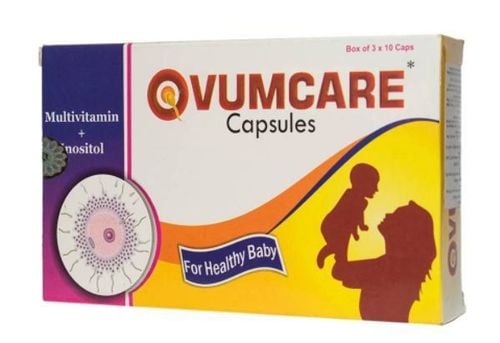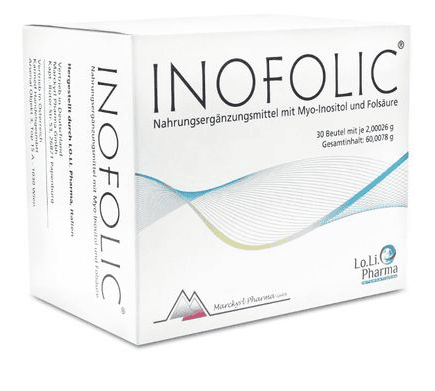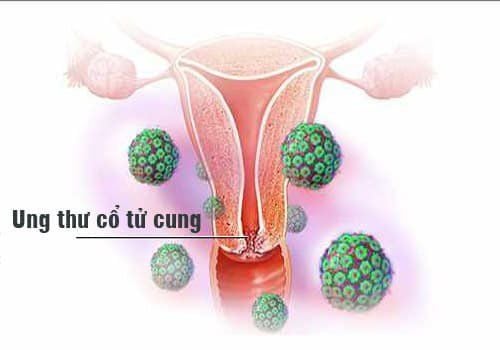This is an automatically translated article.
Soy found in everyday food products may reduce the risk of endometrial cancer, a common form of uterine cancer in women.
1. What is the risk of endometrial cancer?
Endometrial cancer arises from the layer of cells that form the lining of the uterus (endometrium). Endometrial cancer is also sometimes called uterine cancer. Another type of cancer that can form in the uterus is uterine sarcoma, but they are much less common than endometrial cancer.
Endometrial cancer can be detected at an early stage because it often causes abnormal vaginal bleeding. If caught early, a hysterectomy usually cures endometrial cancer.
Currently, doctors do not know what causes endometrial cancer. It is known that the abnormal cells of the endometrium grow and multiply out of control and do not die at a given time. These cells accumulate to form a tumor. The cancer cells can then invade nearby tissues and break away from the original tumor to metastasize elsewhere in the body.
Although certain factors can increase a woman's risk of endometrial cancer, they do not always cause the disease. Many women have risk factors but never develop endometrial cancer.
Some women with endometrial cancer do not have any known risk factors. Even if a woman with endometrial cancer has one or more risk factors, there is no way to know which of them caused the disease.
Factors that increase the risk of endometrial cancer include:
Imbalance of female hormones in the body: The ovaries produce two main female hormones, estrogen and progesterone. Fluctuations within a certain range of these hormones cause changes in the endometrium. An illness or condition that increases the amount of estrogen, but not the progesterone in your body, can increase your risk of endometrial cancer. Like irregular ovulation, which can occur in polycystic ovary syndrome, obesity and diabetes. Using postmenopausal hormones that contain estrogen but not progesterone increases the risk of endometrial cancer. Menstruation for many years: Starting menstruation at an early age before age 12, or starting menopause later increases the risk of endometrial cancer. The more periods you have, the more your endometrium has to be exposed to estrogen. Never been pregnant: Women who have never been pregnant have a higher risk of endometrial cancer than women who have been pregnant at least once. Older age: The older a woman is, the greater her risk of endometrial cancer. Endometrial cancer often occurs after menopause. Obesity: Possibly because excess body fat changes your body's hormone balance, obesity increases your risk of endometrial cancer. Hormone therapy for breast cancer: The use of the hormone treatment drug tamoxifen for breast cancer may increase the risk of developing endometrial cancer. If you are using tamoxifen, discuss this risk with your doctor. For most patients, the benefits of tamoxifen outweigh the risk of endometrial cancer. Lynch syndrome: Hereditary colorectal cancer (HNPCC), a syndrome that increases the risk of colon cancer and other cancers, including endometrial cancer. Lynch syndrome is caused by a genetic mutation passed from parent to child. If a member of your family has been diagnosed with Lynch syndrome, discuss your genetic risk with your doctor. If you've been diagnosed with Lynch syndrome, ask your doctor what cancer screening tests you should have.
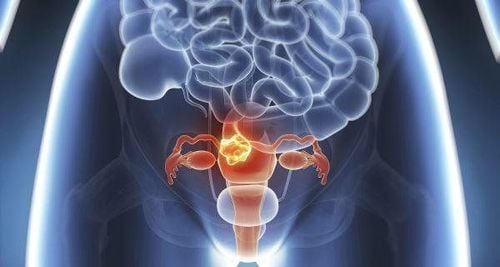
Ung thư nội mạc tử cung có thể được phát hiện ở giai đoạn sớm
2. Soy may help reduce the risk of endometrial cancer
Endometrial cancer is the rapid and uncontrolled growth of cells in the lining of the uterus. The cause is unknown but experts believe it is related to prolonged exposure to estrogen without any progesterone. Phytoestrogens are non-steroidal compounds found in plants that have estrogen-like activities or are broken down by the body into compounds with estrogen-like activities. They are found in foods made from soybeans. Research shows that phytoestrogens can block the cancer-causing effects that high levels of natural estrogen can have on the uterus.
Researchers at the Northern California Cancer Center evaluated the association between a diet high in three types of phytoestrogens (isoflavone - the most common, coumestans and lignans) and the risk of endometrial cancer in more than 1,000 women aged 35 - 79 years old.
The researchers assessed not only portion sizes, but also factors such as physical activity, menstrual cycle characteristics, and how often and to what extent the volunteers ate foods containing phytoestrogens.
Results show that consumption of isoflavones and lignans, but not coumestans, is associated with a reduced risk of endometrial cancer, especially in postmenopausal women. Postmenopausal obese women who consume low levels of isoflavones or lignans have the highest risk of endometrial cancer.
Foods containing isoflavones and lignans also include:
Grains; Dried fruits; Tofu; Orange juice; The coffee. Most cases (77%) of endometrial cancer are diagnosed in the earliest stages when the cancer is only present in the uterus and can be cured. The main treatment for this cancer is a hysterectomy to remove the uterus, cervix, ovaries, and fallopian tubes.
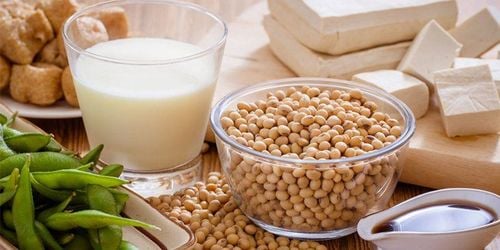
Đậu nành có thể giúp làm giảm nguy cơ ung thư nội mạc tử cung
The researchers concluded that certain phytoestrogens consumed at levels in the typical American diet are associated with a reduced risk of endometrial cancer. Therefore, women who eat more soy foods have a lower risk of endometrial cancer.
It's not entirely clear why soy foods can fight cancer. Because fat cells produce estrogen, overweight women tend to have more estrogen than slim women. This supports the view that soy somehow protects against the carcinogenic effects of estrogen.
But soy seems to protect women both before and after menopause, and estrogen hormone therapy does not reduce the protective effect. Great sources of soy include soy milk, raw chickpeas (edamame), tofu, tempeh, and dried soybeans (soy beans).
Please dial HOTLINE for more information or register for an appointment HERE. Download MyVinmec app to make appointments faster and to manage your bookings easily.
References: webmd.com, ncbi.nlm.nih.gov





